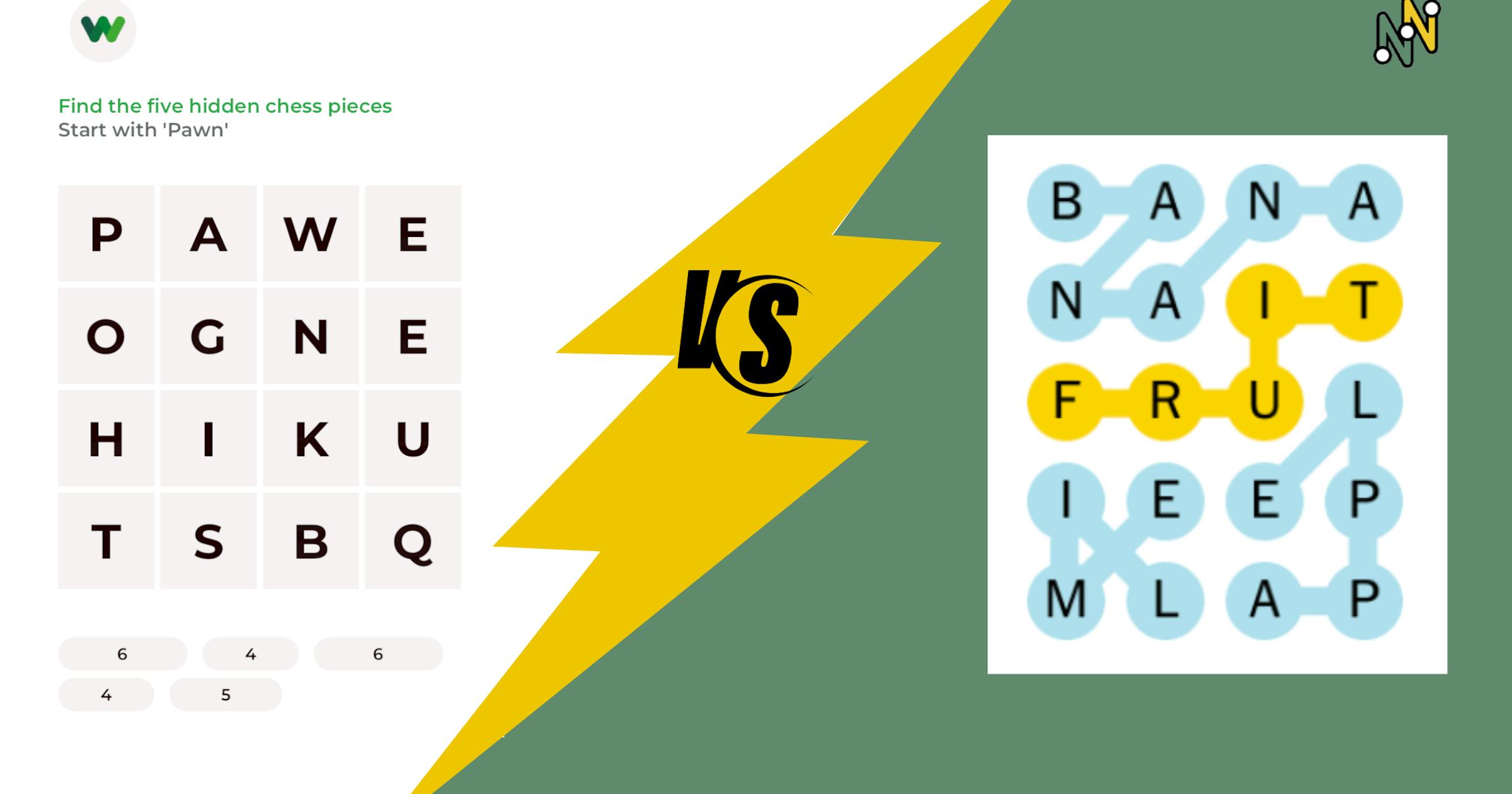Break out the confetti! Word Salad and NYT Strands are about to hit their one-year mark! As of today, we’re on day 348 for Word Salad and day 345 for NYT Strands, and these two daily puzzles have kept word lovers swiping, solving, and streaking for a year. While both games are based on uncovering words in a themed grid, they each bring their own twist to the table, appealing to different kinds of players. So, which one deserves your daily time? Let’s dive in.
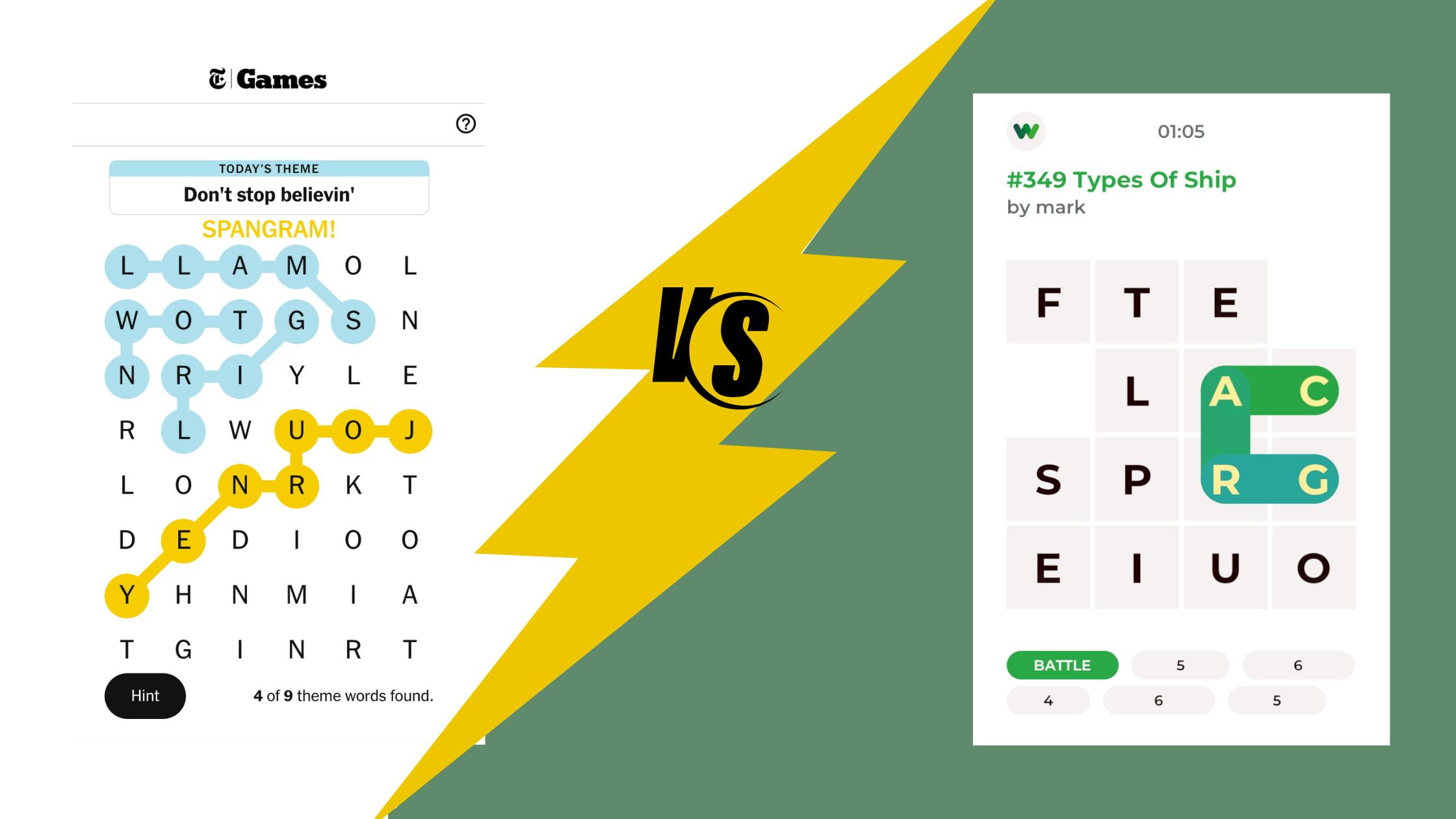
The Basics: Origins and Accessibility
Word Salad debuted on March 1, 2024, from the indie creators at Bleppo. It’s available on browser, iOS, and Android, offering thousands of puzzles in-app (organized into themes such as General, Geography, Natural World, and US Sports) and a smaller selection of daily puzzles online. With a streak system and the option to reset your daily puzzle, it’s designed for casual players who want flexibility.
Meanwhile, NYT Strands, from the New York Times Games team, launched just three days later, on March 4, 2024. It’s playable via browser and the NYT Games app but for now it lacks an archive, meaning you get just one puzzle a day—no takebacks, no resets, just the daily challenge.
Gameplay Mechanics: Swipe, Solve, and Strategize
Both puzzles challenge you to uncover words related to a daily theme, but they differ in key mechanics:
- Word Salad allows you to use letters multiple times, making word formation more flexible. However, only theme-related words count—random words won’t help.
- NYT Strands is stricter: each letter can only be used once per word, and you can find non-theme words to earn Strands hints.
- Word length matters: Strands only accepts words with four or more letters, while Word Salad allows words as short as two letters.
- Strands features a fixed 6×8 board, while Word Salad’s grid varies by puzzle.
- Word Salad hints are upfront, displaying word lengths and clues about compound words. In contrast, Strands keeps things cryptic, providing only a vague theme that players must decipher.
- Strands introduces the ‘Spangram’, a word that serves as the direct answer to the puzzle’s theme and acts as a category, connecting the other answers—similar to the grouping mechanic in Connections.
- Strands is also a “words from letters” game, linking it to Spelling Bee, reinforcing its place as a blend of NYT’s signature puzzles.
- Word Salad is timed, rewarding quick thinking, while Strands is untimed, letting players take a more leisurely approach.
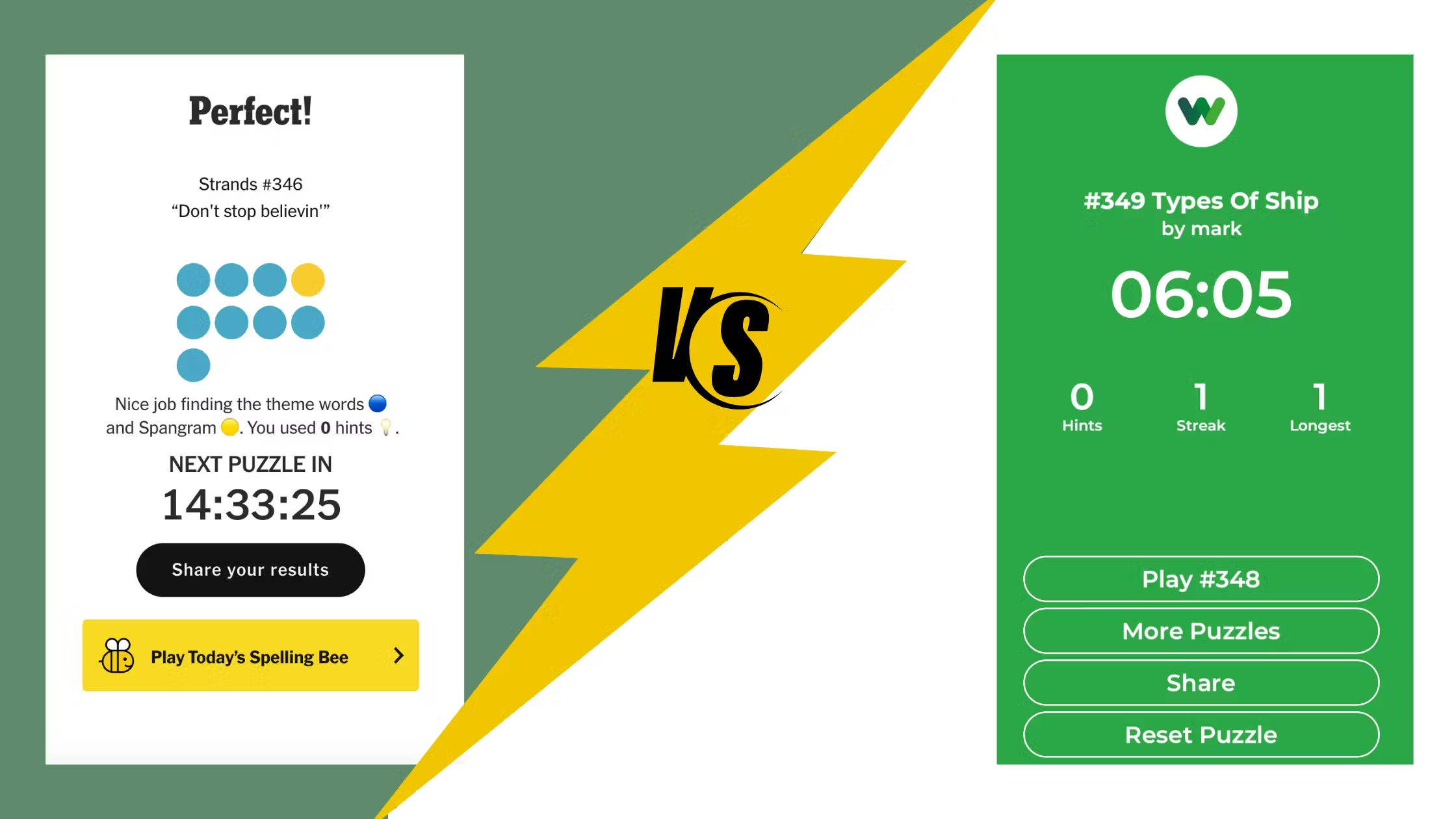
Social and Streaks: Play It, Share It, Show Off
- Word Salad tracks your streak and even provides a Selfie Mode that lets you record your gameplay, making it social-media-friendly for TikTok and Instagram.
- NYT Strands also tracks your streak but adds a performance-sharing feature, letting you flex your skills (or shame your hint usage) with friends.
- Strands locks you into one attempt per day, unless you clear cookies or use incognito mode. Word Salad lets you reset the daily puzzle, giving perfectionists another shot.
Content & Audience: Who Will Love Each Game?
This is where the real distinction lies.
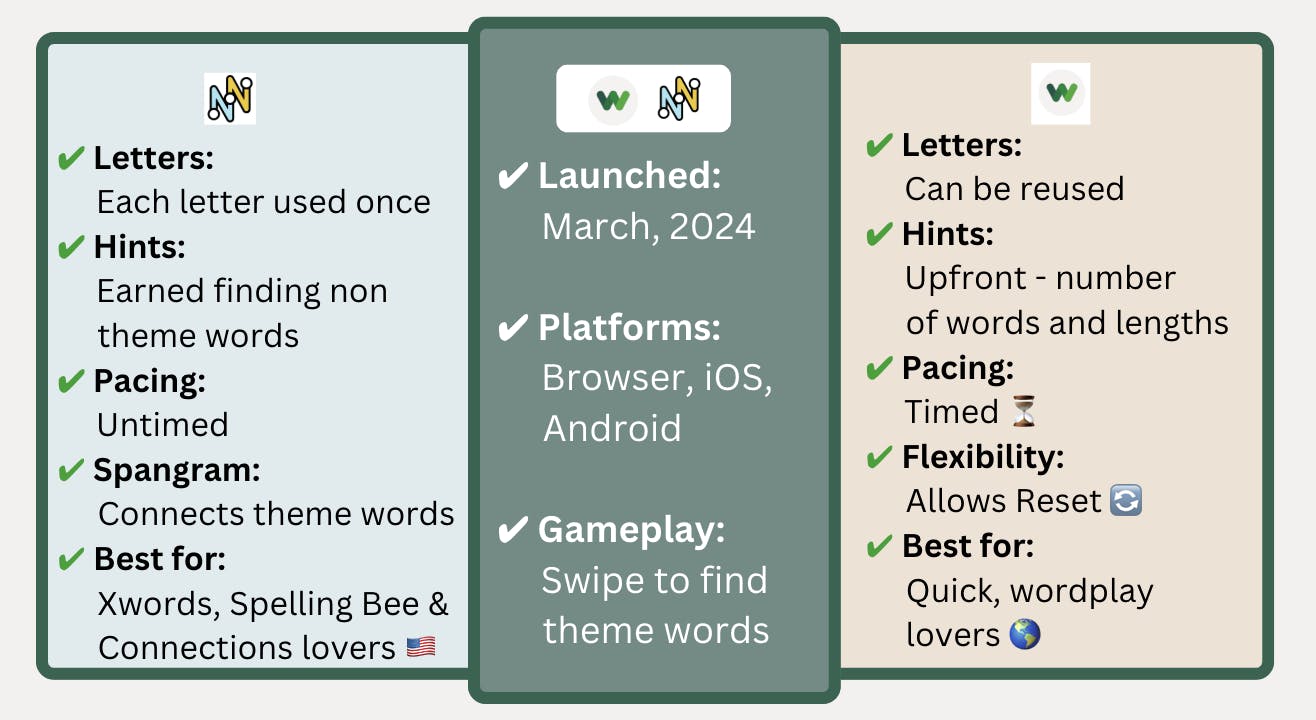
Word Salad: Playful Logic with a Hint of Word-making and Crossword Influence
Word Salad leans into logic, lateral thinking, and word association, making it accessible to a global audience without heavy reliance on cultural trivia. Some puzzles incorporate a crossword-style trick by using a question mark in the theme to indicate a wordplay element—a feature reserved for its more challenging levels.
For example, in Word Salad 226 - “Sea…?”, players weren’t looking for literal ocean-related terms but rather words that can be paired with “sea”: Horse (seahorse), Legs (sea legs), Lion (sea lion), Monster (sea monster), Salt (sea salt), Urchin (sea urchin), and Water (seawater). Similarly, Word Salad 234 - “Air…?” played with compound words like drop (airdrop), mail (airmail), and mattress (air mattress).
Not all puzzles rely on wordplay; some focus on broader themes, such as Word Salad 327 - “Things You See in the Sky”, where the answers were more straightforward: bird, blimp, cloud, comet, drone, eclipse, star.
NYT Strands: A Crossword-Connections-Spelling Bee Hybrid
Strands, on the other hand, thrives on a cryptic, lateral thinking approach, making it a natural fit for NYT The Crossword fans. Many themes rely on cultural literacy, from language quirks to pop culture references.
For instance, the December 4, 2024, puzzle, “I now pronounce you…”, wasn’t about weddings—it was about DIACRITICS: ACUTE, CEDILLA, CIRCUMFLEX, GRAVE, TILDE, UMLAUT.
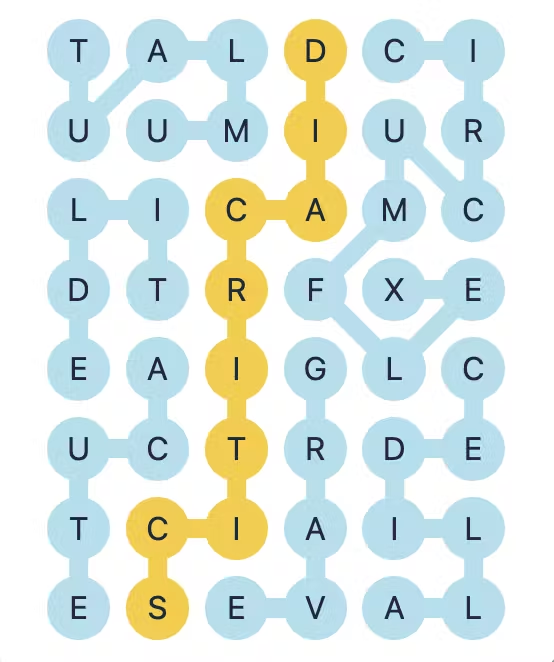
Meanwhile, December 16, 2024, “Crossed words”, played on portmanteaux—blended words like ANKLET (ankle + bracelet), BRUNCH (breakfast + lunch), and SPORK (spoon + fork), with the Spangram tying everything together: PORTMANTEAUX.
Some puzzles even test phonetic knowledge, like November 12, 2024, “Spell it out”, which featured the NATO phonetic alphabet: BRAVO, DELTA, ECHO, FOXTROT, GOLF, TANGO, VICTOR, all linked by the Spangram NATO ALPHABET.
For those who enjoy deciphering cryptic clues and spotting patterns, Strands provides a mental workout that feels part crossword, part Connections, and part Spelling Bee.
Verdict: Which One Should You Play?
The best puzzle for you depends on your style:
- Love a quick but structured challenge with clear hints? Word Salad.
- Prefer a brain-teasing, cryptic approach with a dash of cultural trivia? NYT Strands.
Or, if you’re a true puzzle fanatic, why not both? Whether you’re swiping through the crisp logic of Word Salad or deciphering the enigmatic Spangram of Strands, 2024 is a golden year for word lovers.
Keep hunting for those hidden words! 🔎🥗

 NY Times Mini
NY Times Mini NY Times Crossword
NY Times Crossword NY Times Wordle
NY Times Wordle NY Times Connections
NY Times Connections NY Times Connections Sports Edition
NY Times Connections Sports Edition NY Times Strands
NY Times Strands NY Times Spelling Bee
NY Times Spelling Bee NY Times Pips
NY Times Pips Word Salad
Word Salad Contexto
Contexto Blossom
Blossom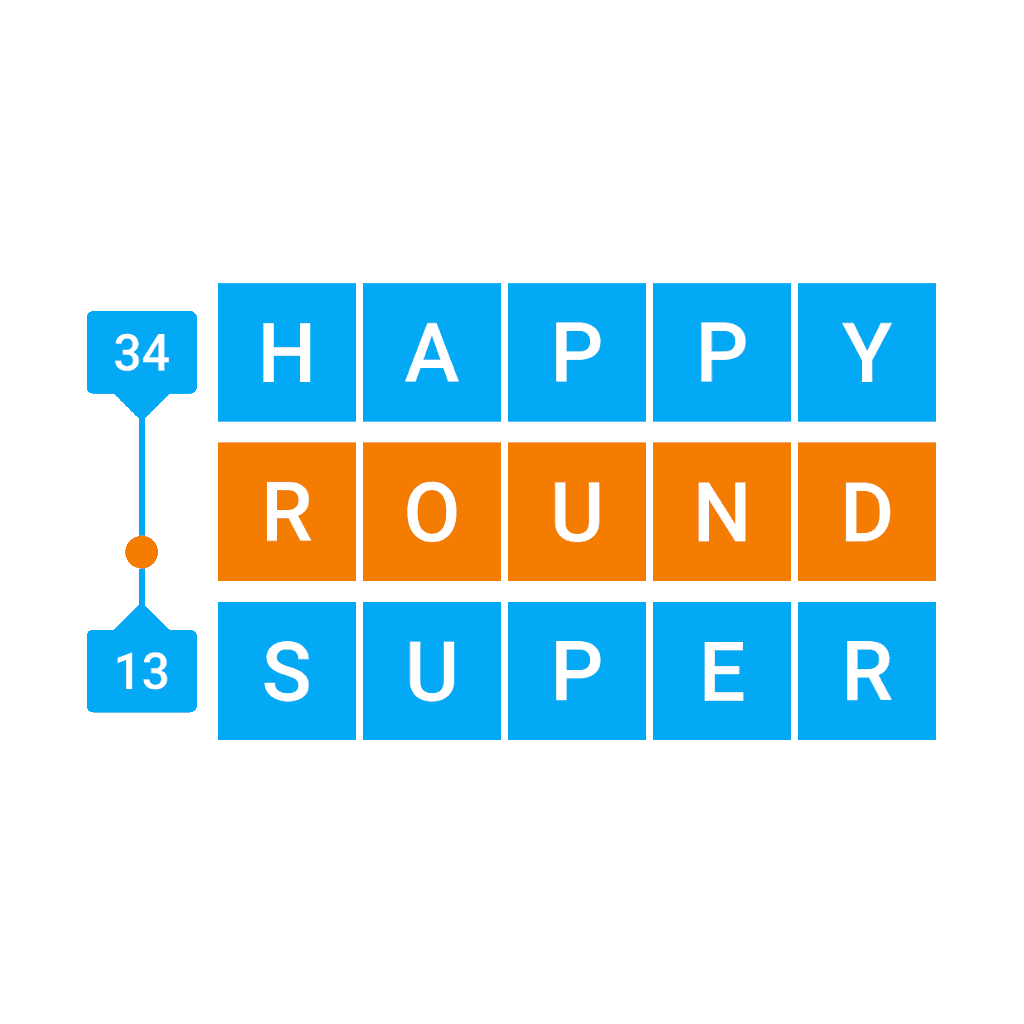 Betweenle
Betweenle Conexo
Conexo Bracket City
Bracket City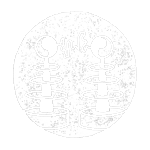 Fluxis
Fluxis Stacks
Stacks Atlantic Crossword
Atlantic Crossword LA Times Mini
LA Times Mini LA Times Crossword
LA Times Crossword Word Hurdle
Word Hurdle Anagram Solver
Anagram Solver Scrabble Word Finder
Scrabble Word Finder Words With Friends Word Finder
Words With Friends Word Finder Atlantic Games
Atlantic Games LA Times
LA Times Zorzzle
Zorzzle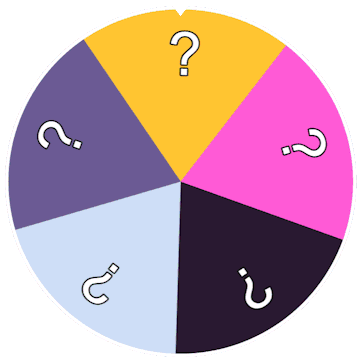 Word of Fortune
Word of Fortune
